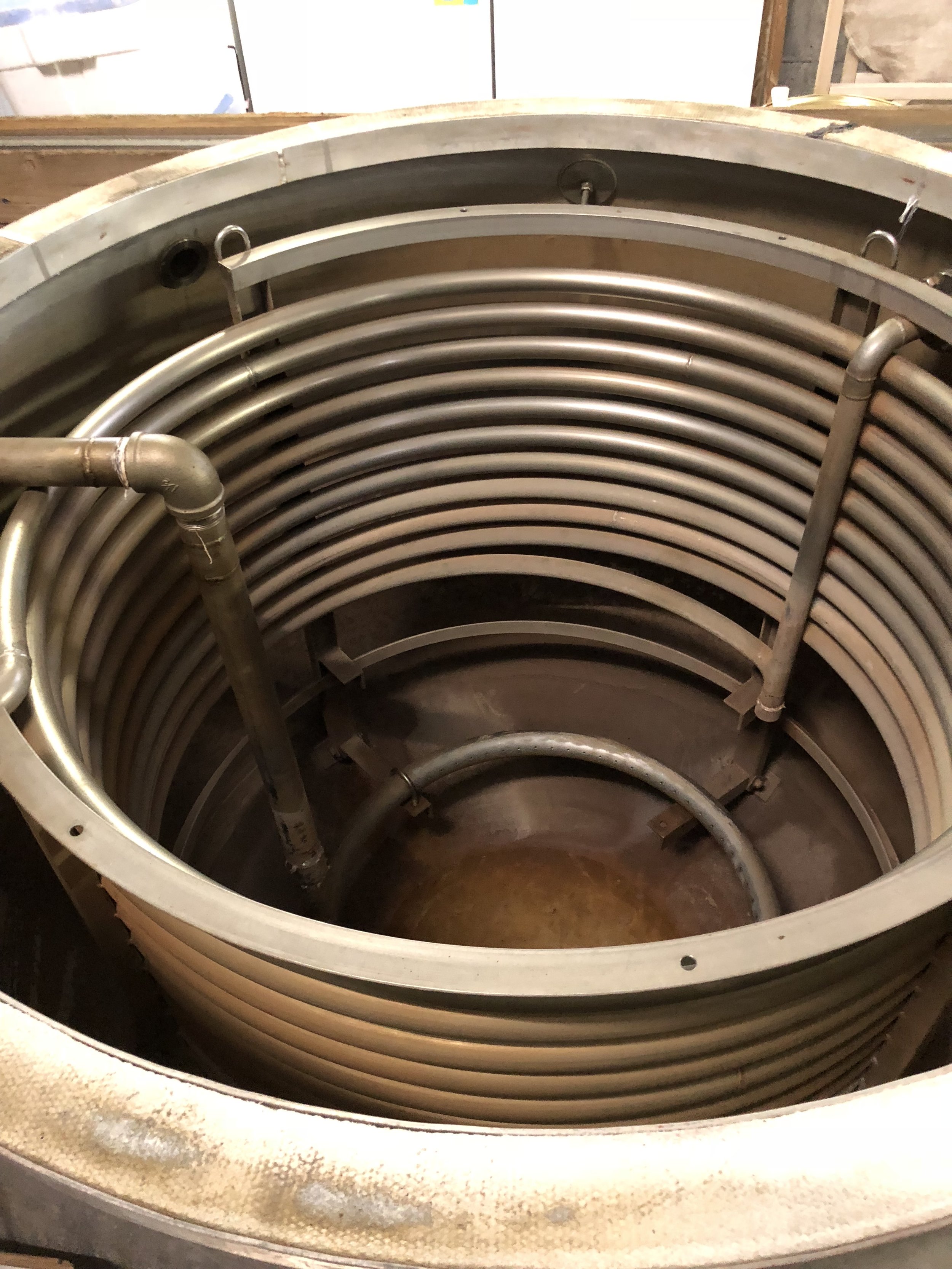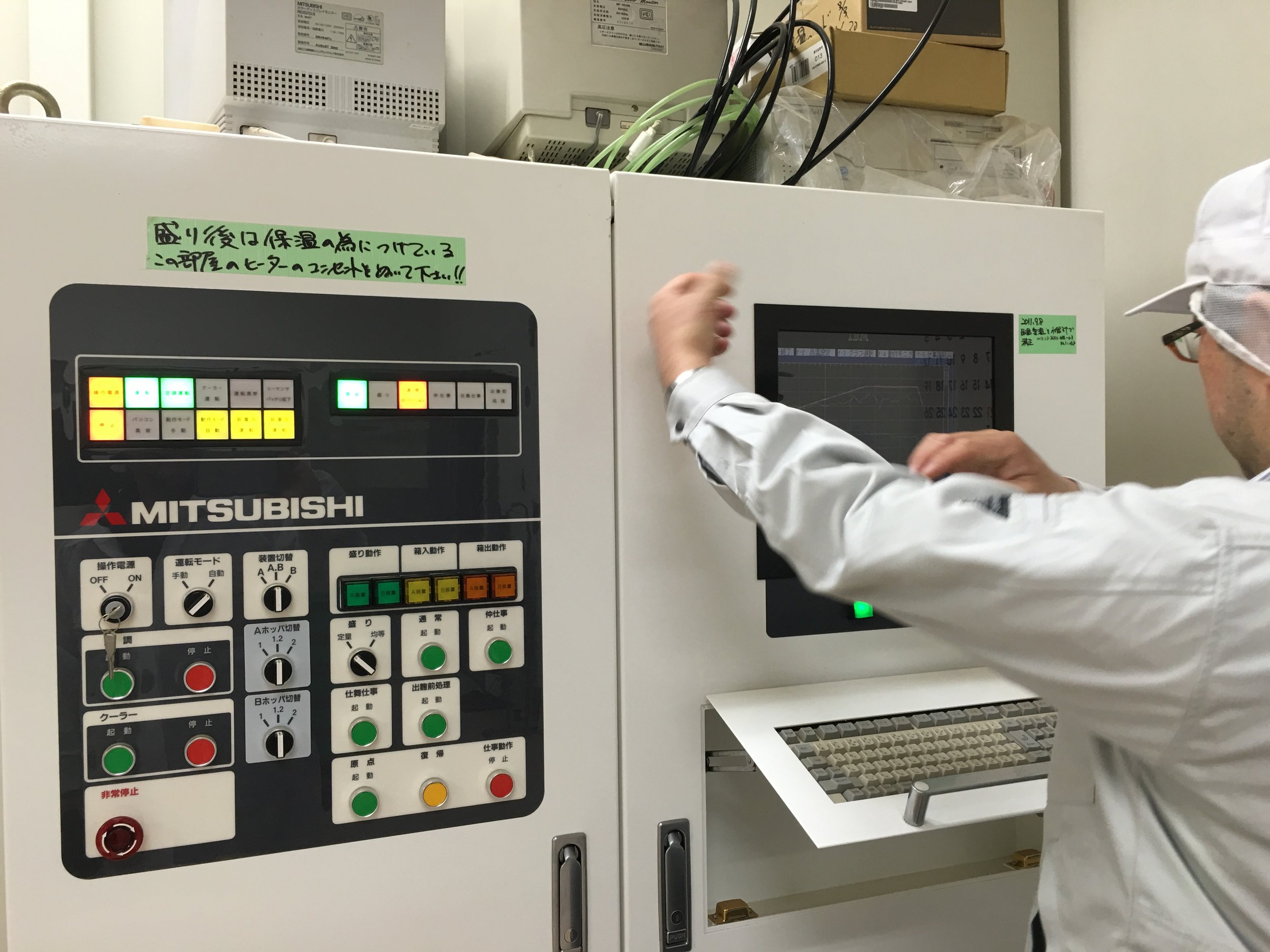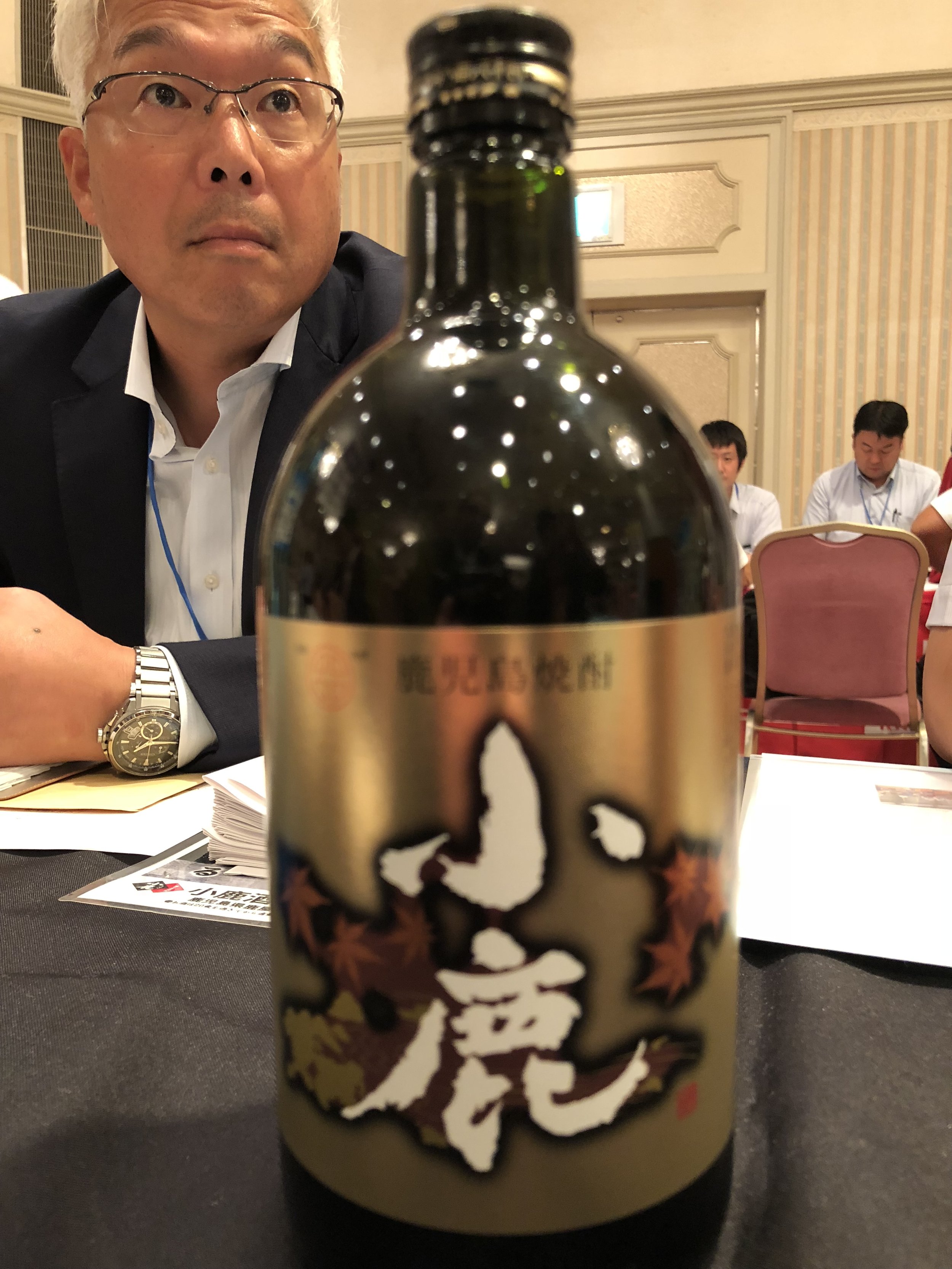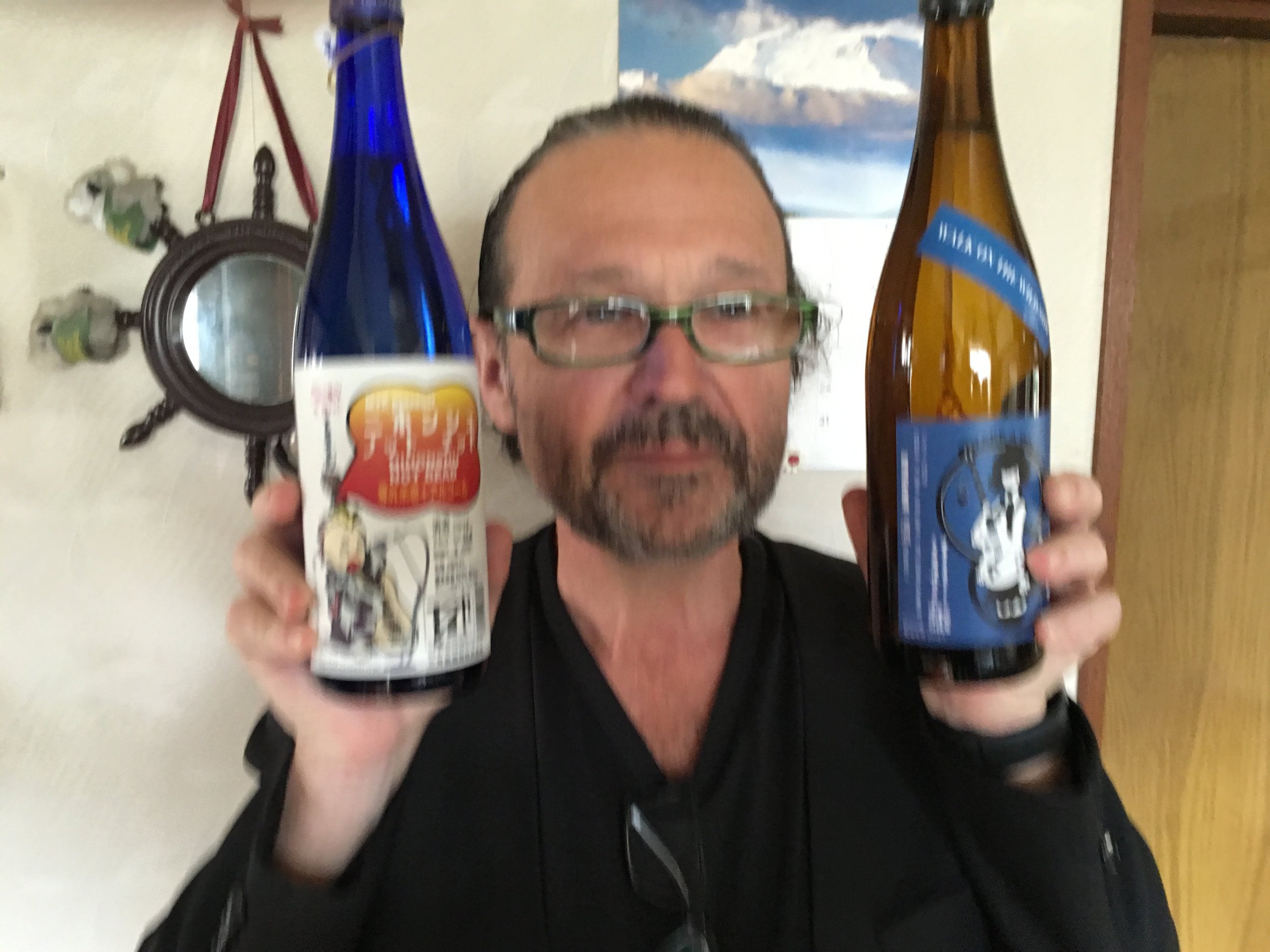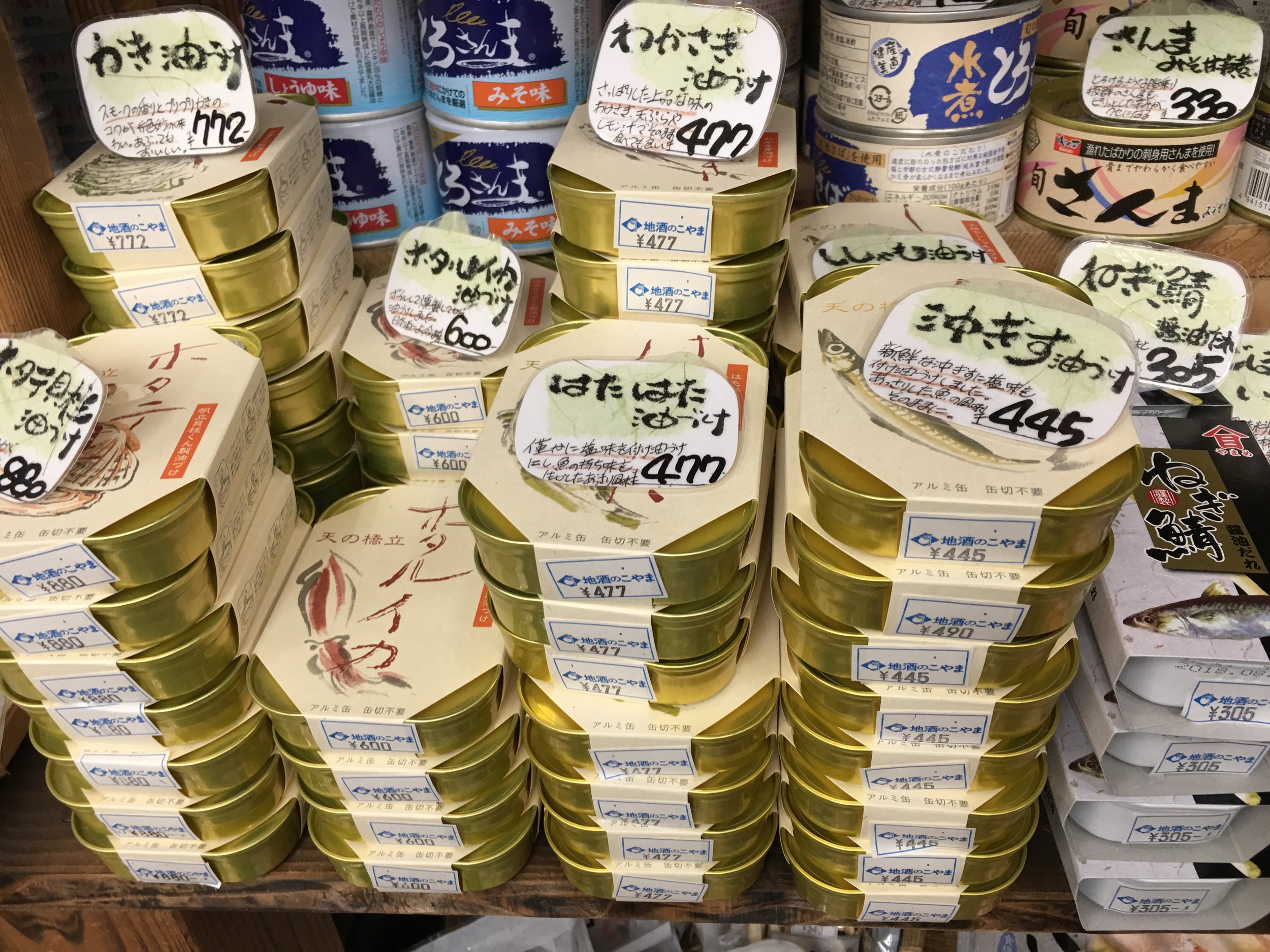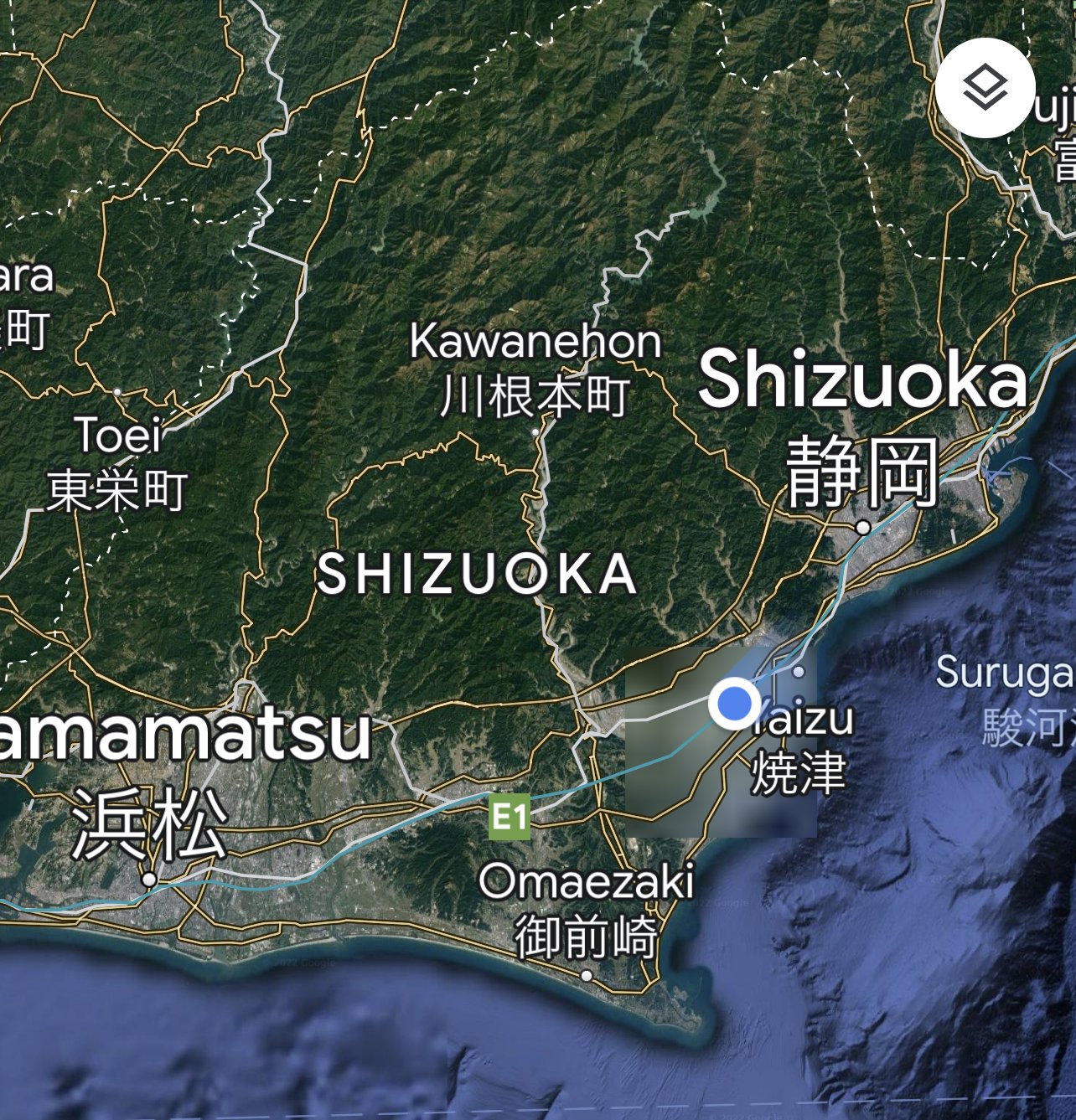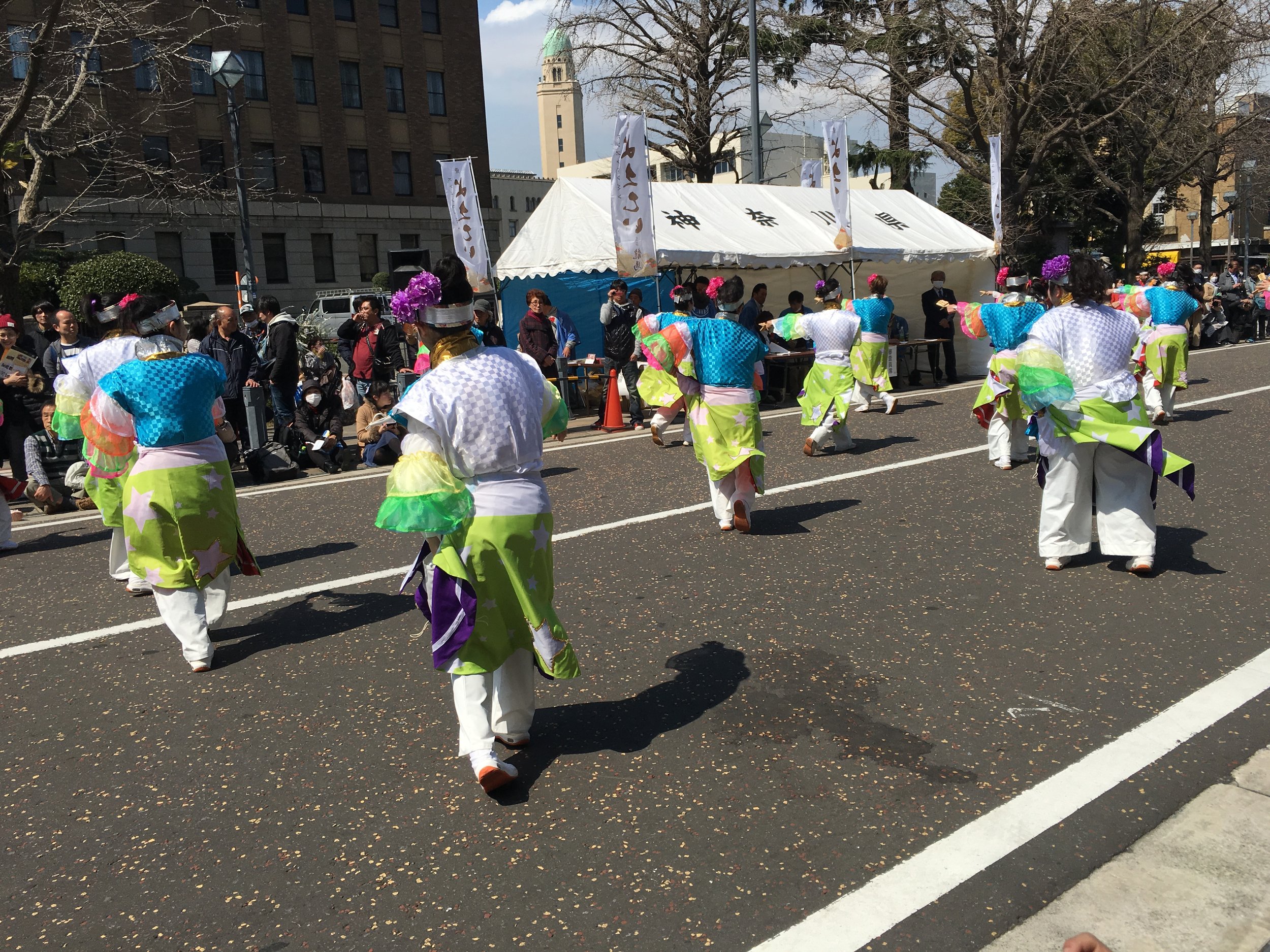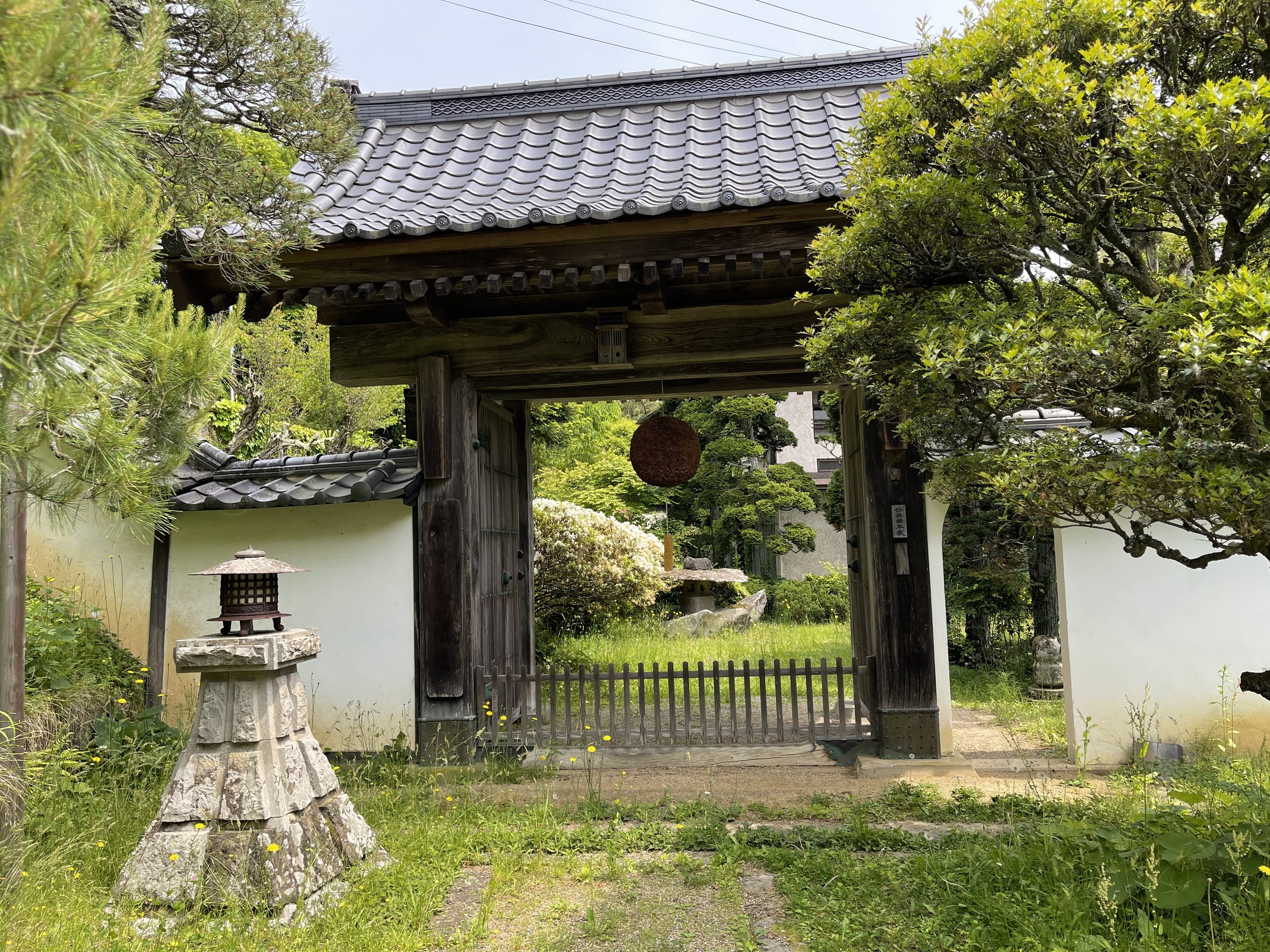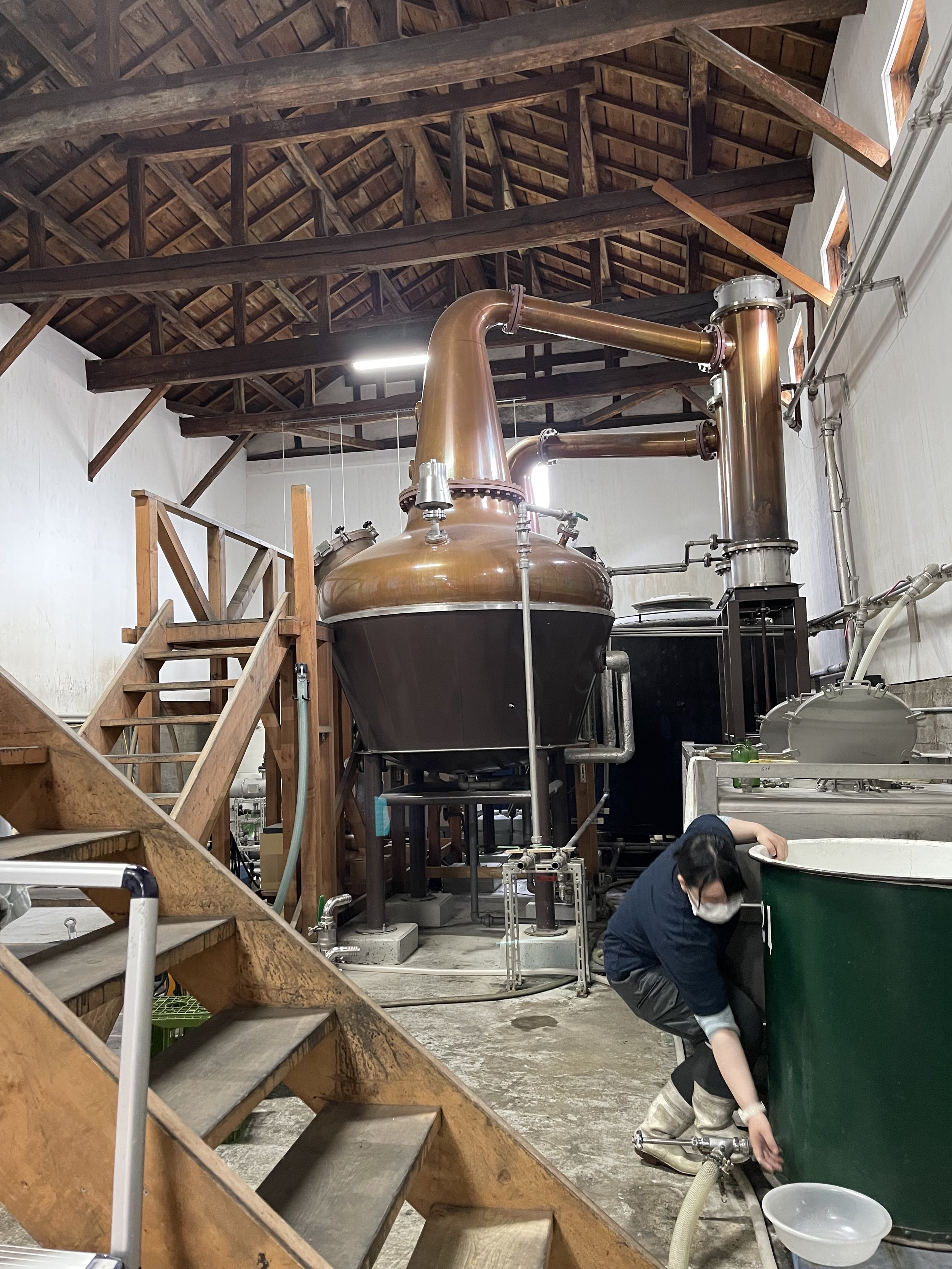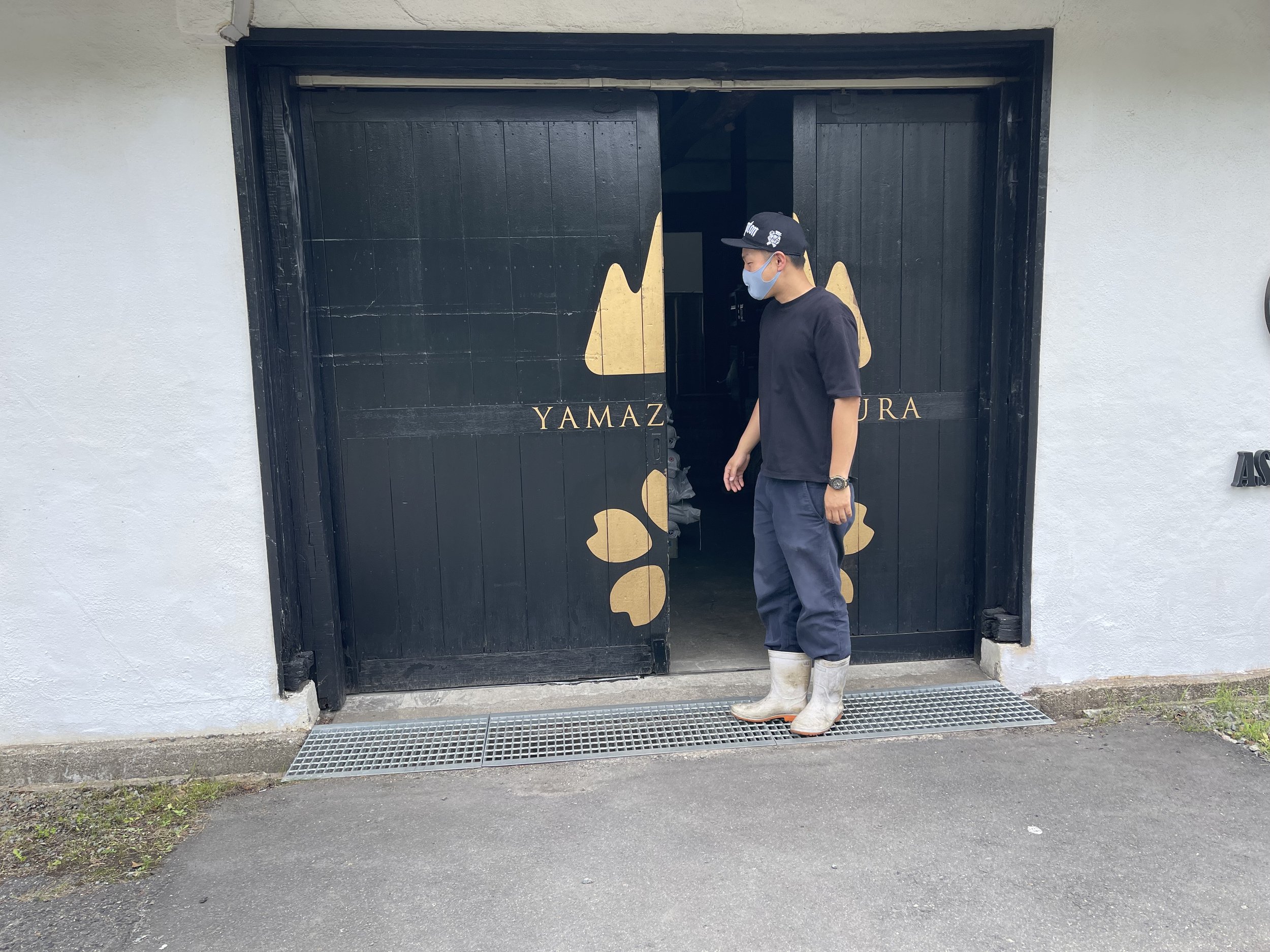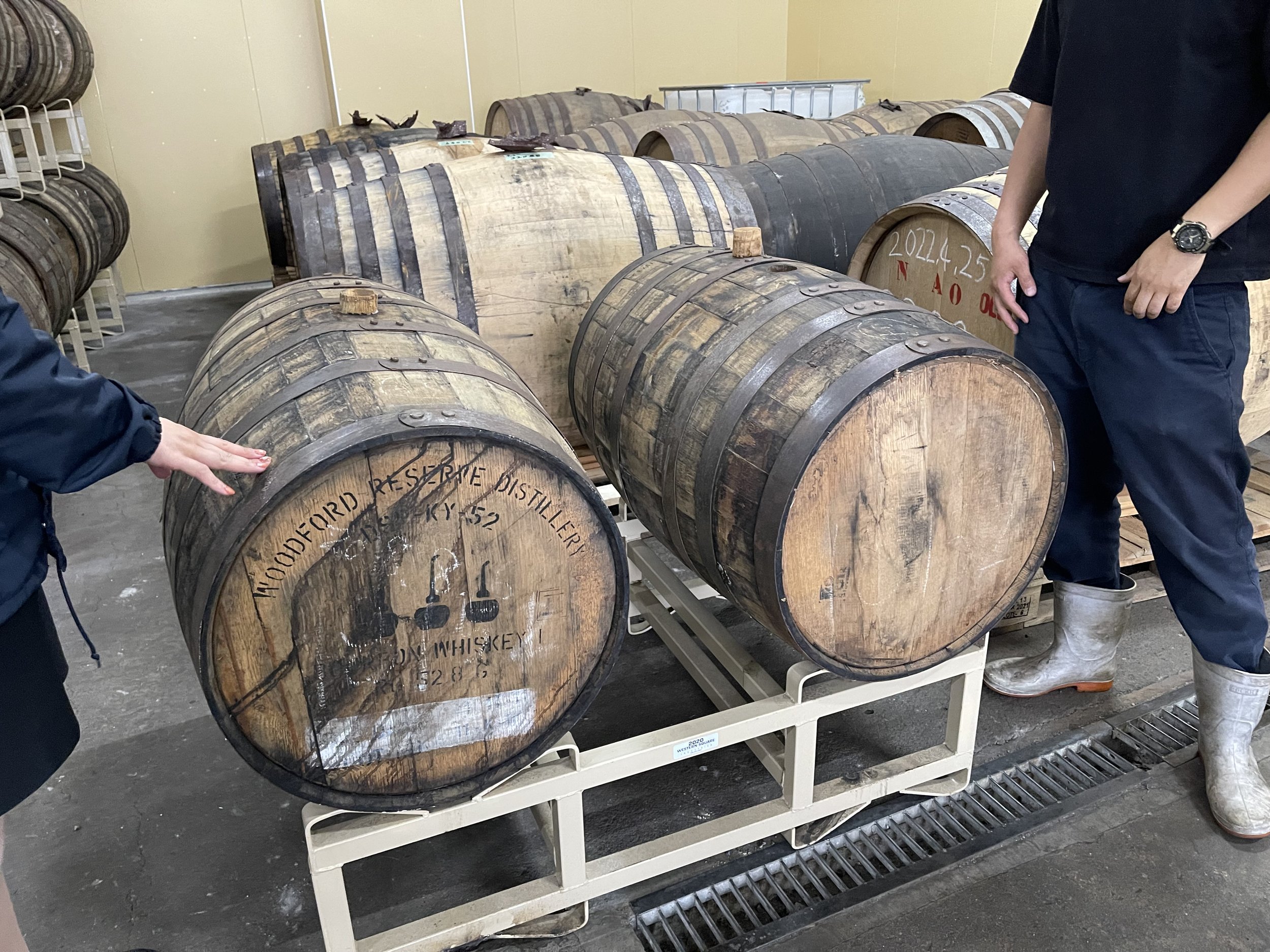Further information
An introduction to sake (nihonshu / seishu)
Introduction to Japanese Nihonshu (Sake)
Japanese nihonshu, commonly known internationally as sake, is a traditional alcoholic beverage brewed from rice. It is often referred to as "rice wine" though its brewing process is more akin to beer, involving fermentation of starches into sugars which are then converted into alcohol.
Origins of Sake
Sake's history dates back over a thousand years in Japan, with origins linked to the Nara period (710-794 AD). It was initially produced at temples and shrines for religious ceremonies and court festivals, gradually evolving over centuries into a popular drink consumed by the masses.
Polishing Rates and Their Effects
The quality and style of sake are significantly influenced by the rice polishing rate, or "seimai-buai," which refers to the percentage of the original rice grain left after polishing:
Junmai: No specific polishing ratio requirement but no brewer's alcohol added. It tends to have a richer, fuller flavor with higher acidity.
Ginjo: At least 40% of the rice grain is milled away. It typically has a lighter, more fragrant profile.
Daiginjo: At least 50% of the rice grain is milled away, leading to an even more refined and aromatic beverage.
Fermentation Methods
Different fermentation methods can also affect the flavor profile of sake:
Kimoto: An old method where rice and water are pounded to create a mash, encouraging natural lactic acid bacteria for fermentation. This results in a robust, slightly acidic sake.
Yamahai: A variation of the Kimoto method but without the labor-intensive rice pounding, offering a similar profile but slightly lighter. Often uses the natural kobo (yeast) found within the brewery.
Bodaimoto: An ancient method originating from Buddhist temples, producing complex, deep flavors due to the lactic acid fermentation in the early stages.
Sokujo: a method that involves direct addition of artificially-made lactic acid in yeast starter. By adding lactic acid, yeast starter becomes acid, and prevents propagation of unwanted bacteria and microbes. This allows for multiplying yeast in a stable environment and therefore efficient brewing. It is assumed 90% of sake produced is by the sokujo method.
Filtration Methods
The clarity and texture of sake are adjusted through various filtration methods:
The most common method is where sake is pressed through a fine mesh to separate solids from liquids.
Muroka: Sake that is not charcoal filtered, retaining more of its original flavor and color.
Nigorizake: A coarsely filtered sake that remains cloudy and is rich in flavor.
Addition of Brewer’s Alcohol
Honjozo: Sake with a small amount of brewer’s alcohol added before pressing, enhancing aroma and lightening the body. It is a common style that balances tradition with modern tastes.
Regional Variations
Different regions in Japan produce sake with distinct characteristics, influenced by local climate, water source, and brewing techniques. For example, Niigata is known for its clean, crisp sake due to the cold climate and pure water, while Hiroshima's sake is softer and sweeter due to the prevalence of ‘soft water’ found in the region. Indeed it used to be very hard for sake to be made with this region but in the small twon of Akitsu (where Miho Imada’s brewery is) the method was discovered by a local pioneer and it spread to the region.
Regions where the water is high in iron are generally not sake producing regions as this inhibits the growth of the koji (aspergillus oryzae).
Aged Sake (Koshu)
Koshu refers to aged sake, which differs from typical sake that is usually consumed within a year of production. Aged for several years, koshu develops richer, deeper flavors similar to those found in fine wines. Generall koshu is 3+ years aged.
Bottle Sizes and Their Purposes
Sake is typically bottled in several sizes:
Isshobin (1.8 liters): Common for traditional ceremonies.
Tokkuri (720 ml): Standard retail size.
Choko (180 ml): Smaller bottles often used for tasting and gifts.
1-cup. Small convenient glasses with a rip curl top where one can open it and consume directly.
Major Rice Varietals
Four major rice varietals used in sake brewing include:
Yamada Nishiki: Known as the "king of sake rice," ideal for premium grades like Ginjo and Daiginjo.
Gohyakumangoku: Produces sake with a lighter, cleaner taste, popular in Niigata.
Miyama Nishiki and Omachi: Both are favored for their ability to ferment well and contribute unique flavors. Omachi is prevalent in the region of Okayama and Yamadanishiki is mostly grown in Kobe.
Growth of Sake Sales Worldwide
Sake sales have been growing internationally, driven by a rising interest in Japanese cuisine and culture. This trend is supported by both traditional and innovative sake brewing techniques appealing to a global palate.
Preference for Sake Over Wine and Spirits
Many people prefer sake over wine and spirits due to its versatility with food, lower alcohol content compared to hard spirits, and the subtle complexities in flavor that vary widely between different types and brands. Sake offers a unique taste experience that is both traditional and modern, aligning well with the global trend towards nuanced and artisanal beverages.
Interesting Sake Facts
1. Saké is made from rice through a brewing process that converts starch to sugar using koji (mould), then sugar to alcohol using kobo (yeast).
2. Brewing saké is an arduous process. It is more involved than both wine and beer, but more akin to brewing beer than wine.
3. Brewing saké can be a communal process. Watch the documovie ‘The Birth of Saké’ by filmmaker Erik Shirai.
4. Saké breweries have brewmasters. Their official title in Japan is "Tōji." Skills of saké-making are passed down by oral tradition.
5. More polishing means higher-grade saké. (To a point. Many believe after 50% (daiginjo) law of diminishing returns rule). There are some 95% polished sakes. Many do not see the point.
6. Saké has a higher alcohol content than either beer or wine. But not by much. Most are 15%. A big Zinfandel wine is 16%.
7. Yeast is a key flavor component. Each strain of yeast yields its own distinct characteristics of aroma and taste. The oldest is ‘Number 6’ from Akita in Aramasa Shuzo (head toji Yusuke Sato). The most common based yeast is ‘Number 7’ which many believe to be discovered and originated at Masumi Shuzo in Nagano.
8. It's the oldest known alcoholic beverage (some say) in the world. The origins of saké date back to 4800 BC China. By the 1300s sake was mass produced.
9. Now a male-dominated industry, saké-making was once considered women's work. Men took over in late 16th century. But now there has been a resurgence in female toji. They are warmly welcomed by the entire sake fraternity.
10. Saliva used to be a key ingredient in making sake. Today Koji fungus is used to ferment the rice. But long ago villagers gathered together to chew on the polished rice and then spit its mashed remains into a communal tub. The enzymes of their saliva aided fermentation.


